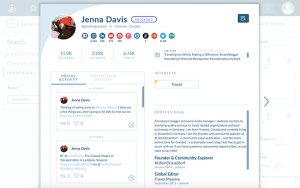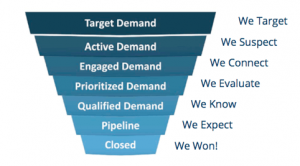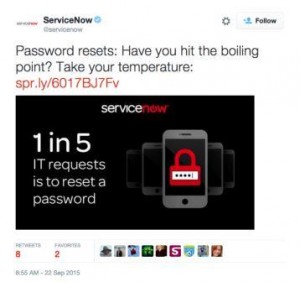
Gallup’s annual reports on employee engagement inform us that engaged employees give approximately 57% more effort and are 87% less likely to resign. Organizations with above-average levels of employee engagement reap 147% higher earnings per share. When both customer and employee engagement are above average, they experience a 240% jump in performance-related business outcomes.
But despite the bottom-line importance of employee engagement, only 70% of employees these days are engaged. Only one in five employees trust business leaders to tell the truth on difficult issues. Fifty percent of employees would not recommend their employer to peers.
No surprise, then, that according to Deloitte’s recently released Global Human Capital Trends, employee engagement and culture issues have risen to become the No. 1 business challenge around the world.
Relationship consulting expert Robert Hall believes this engagement crisis stems from poor management. While leadership requirements have changed, most leaders have not, leading to disengagement not only at work, but also at home, in politics and in faith. For businesses, this has resulted in what Hall refers to as the “Disengagement Economy,” the costs of which are uncommitted workers, stunted innovation, weak customer relationships, low-performing teams, and productivity loss.
According to Hall’s diagnosis, leaders are mistaking compliance with commitment, creating a thorny obstacle to true engagement. Which explains why the same 2015 Human Capital Trends report from Deloitte that placed employee engagement as the No. 1 business challenge puts leadership as the No. 2 challenge, with the leadership capability gap widened in every region of the world last year.
Hall’s recommendation is to turn towards “Relational Leadership,” which emphasizes three areas: Priority, Purpose and Power.
The emphasis on shareholder value must shift to the greatest source of this value – positive employee and customer relationships. Employees must be more empowered to be involved in the decisions of their organizations. This, in my opinion, must include decisions around their companies’ corporate philanthropy focus and management.
Professional relationships flourish when driven by purpose-filled people. Study after study shows how employees of all stripes – Millennials, Gen Xers, Boomers, women – all place meaning and purpose as one of if not the single highest job priority for them.
“Shareholders are also seeking purpose,” Hall notes. “Investments in socially responsible assets grew from $ 3.74 trillion in 2012 to more than $ 6.57 trillion in 2014, up 76 percent. Purpose follows the law of supply and demand: as perceived supply shrinks – value rises.”
When we consider the disengagement economy, we can see that employees today are clearly looking for something out of their work and from their managers that they’re not getting.
According to leadership consultant Mark C. Crowley, that thing is love.
In a fascinating recent article, Crowley makes some well-researched conclusions about the big drivers of engagement that dovetail with much of Hall’s analysis. Hall cites data from Gallup which finds that leader respect is the most powerful predictor of employee engagement, noting that employees who feel respected are 55% more engaged, yet 54% claim they don’t regularly receive their leaders’ respect. Crowley boils this idea of respect down to love. Not romantic love, of course, but “emotional currency” that, for the modern employee in the workplace translates into:
- Having a supervisor that cares about us, our well-being, and personal growth.
- Doing work that we enjoy and have the talents to perform.
- Routinely feeling valued, appreciated, and having a deep belief that the work we do matters
- Having strong bonds with other people on the team, especially with our supervisors.
Crowley cites positive psychologist Barbara Fredrickson’s study on the science of human emotions, which has found that love actually has a biochemical effect that makes people more positive, resilient, optimistic, persistent, healthier, and happier. People need continuous positive emotions for them to feel high engagement, and since people spend more time at work than at home these days, their experience at the job – shared with their colleagues – is hugely tied to their emotional experience in life. Fredrickson defines this experience and feeling as love.
Again and again, when I read research related to employee engagement, one part of the overall solution seems immediately apparent: increasing the focus on corporate volunteering and giving programs to further empower employees in the relationship with their managers, colleagues and communities, and elevate the emotional experience towards their jobs.
Purpose-filled work; greater respect from and towards managers; opportunities to develop skills and leadership; teamwork settings and bonding with colleagues over a shared mission that’s meaningful; and building deeper relationships into the community through the brand ambassadorship of passionate employees – all of this is the natural byproduct of employee-led corporate philanthropy. As well as the basis of love, which is perhaps a significant key to taking the “Dis” out of the Disengagement Economy.
(171)







